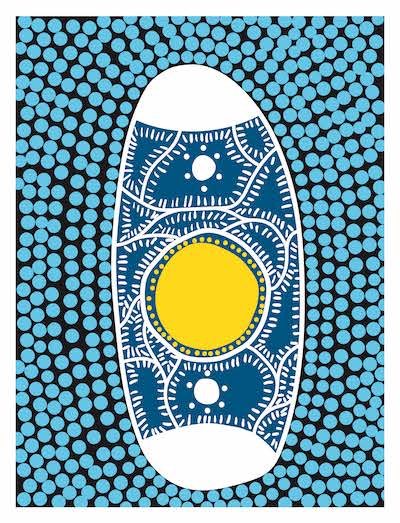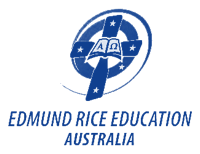From the Director of Learning Support, David Parnell
EREA working in partnership with Indigenous communities 2016
As part of the College’s goals in building relationships and learning, I was fortunate to have the opportunity to engage in professional learning through an immersion experience in North West New South Wales. Cassandra Gibbs, a Gamilaraay woman, with Edmund Rice Education Australia, invited teachers from across Australia to, “walk her homelands with her and develop new eyes for seeing the richness, struggle and beauty of Aboriginal people and culture.”
Through this experience, the group developed a greater understanding of the impact of invasion on Australia’s First Nations peoples. Hearing the tragic stories of Aboriginal people at The Myall Creek Massacre Memorial, a national heritage site, on which 28 Wirrayaraay people were murdered.
We had the privilege of sharing learning activities with students at the Goodooga Central School and observing Yuwaalaraay language classes at Joseph’s School Walgett.
Aunty Noeline Briggs-Smith OAM, Kamilaroi elder, shared stories of the struggles of the people in the Moree area, whose family moved to one of the first reserves in 1895. Her stories included injustices in the Walgett, Moree and Brewarrina area, which are well documented in Charlie Perkins 1965 Freedom Rides, the only place in Australia that had a municipal act banning Aboriginal people or people of Aboriginal appearance or mixed blood from pools and council buildings.
At Lightning Ridge Tom Barker, from the Murrawarri tribe in North West NSW, narrated the history of invasion at the Goondee Centre. Historical photographs of the horrific living condition in the Brewarrina Mission and the ongoing impact of invasion and oppression are on display.
“Child Slavery … children were taken from their own country. Often forbidden to speak their native tongue or mention their cultural beliefs.”
Throughout the immersion, participants were given the opportunity to listen, ask questions, and dialogue in the context of reconciliation. Following this reflections, in consultation with the current AIME (Aboriginal Mentoring Program) program at the College, we will be progressing new ideas to further develop Aboriginal inclusiveness, broaden cultural awareness and offer support and opportunities to our Aboriginal students.









